Case Study: How Bill Holshevnikoff lit Telemundo Sacramento
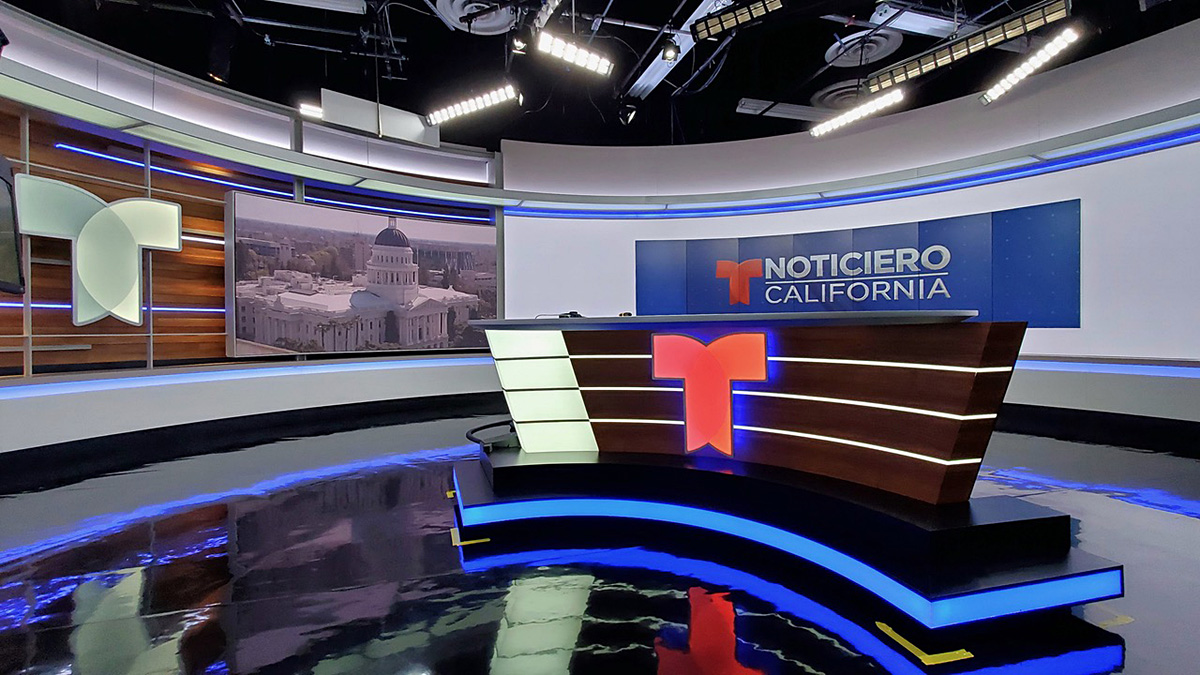
Subscribe to NCS for the latest news, project case studies and product announcements in broadcast technology, creative design and engineering delivered to your inbox.
In April, Telemundo Sacramento debuted a studio makeover from WrightSet including the latest in technology and equipment.
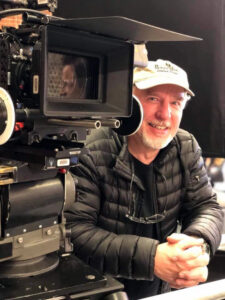 Part of the upgrade was a complete lighting overhaul with new instruments from BB&S Lighting with lighting design from Bill Holshevnikoff, an Emmy award-winning lighting designer, director of photography and educator.
Part of the upgrade was a complete lighting overhaul with new instruments from BB&S Lighting with lighting design from Bill Holshevnikoff, an Emmy award-winning lighting designer, director of photography and educator.
For over 35 years, he has lit a variety of projects across production types including work for numerous television stations and affiliates.
Holshevnikoff dives into working remotely and the Telemundo Sacramento project in the Q&A below.
How did you get started doing lighting design for studios?
I was asked to light a news set in San Diego in the early 90s. I built foam core soft boxes to use over their 2,000W Fresnels at the time. It was the first time the anchors had been under soft lights at the news desk and it was a big hit. That led to other jobs for set design companies shortly thereafter.
Since you have been working in the remote production realm for 20 years, can you explain how things have changed in the last 2 decades?
20 years ago, I was shipping a military-grade laptop to clients around the globe. It was loaded with software I used and had a video tap dongle. It was a bit clumsy for the client, but it worked.
Today, the internet service is much, much faster, and the gear I am using is much cheaper and easier to use. Iʼm also utilizing VR during my installations, which did not really exist then.
Additionally, people are more tech-savvy these days and have been using Facetime and Zoom for years now, so the concept of me working remotely is much easier for clients to grasp now.
How is the collaborative process of designing a studio remotely, different with the art director, installation crew, director, camera department, talent, etc. as compared to being local?
The prep process is really very much the same for me remotely, but I have also worked out some methods for installations that make it easy for the crew to understand. The studio cameras are my eyes on set, so I really can see everything from the set and talent to the crew working in the grid. I tell my clients, “Itʼs like Iʼm in your control room, but I canʼt come out to the studio”. Once we are connected and begin working live, I think everyone in the studio understands the process and adapts very quickly.
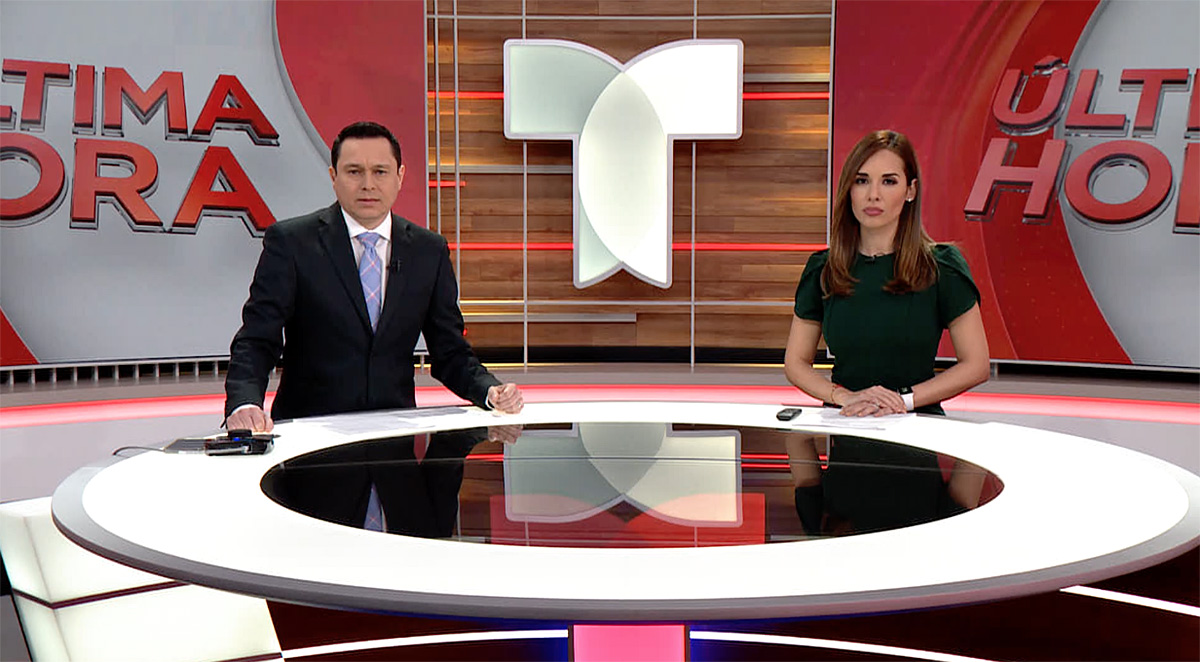

How did you become involved with the Telemundo Sacramento project?
NBC is a client of mine and we have done a number of projects together, both in person and remotely. They own many of the Telemundo stations around the U.S. now, and they asked me to light this new set in Sacramento, CA. I live only 90 mins away from the station, so it was easy for me to be there in person for the initial install.
After the install, we worked together remotely during rehearsals to refine the lighting in a few areas.
Additionally, the station is using the ETC Puck system with their ETC lighting control board, so we were also working remotely with Rob Crane, from ETC, as our board operator and programmer. So the entire process is getting very streamlined for remote work now. It saves the client a lot of money in travel expenses, and our lighting updates are often done the day of the request from the station.
What were some of the challenges you had to solve with Telemundo?
The biggest challenge with this set was the fact that the main news desk rotated about 90 degrees for a second background. This is something I deal with often, and it can just become an issue of lights battling for air space position. You end up having to be very careful with the position of each light, and unfortunately, most lights hung on the grid only work for one desk direction.
This was one of the benefits of working with the BB&S 2 Bank systems on this job. They have a very thin profile, so itʼs easy to set several soft lights in one area and they donʼt interfere with one another.
How important is the type of lighting you select for a project and what decisions influence your selection?
The lights I choose for any job is always an important decision for me. With news sets today, and many live television shows, directors and producers want flexibility and options.
That often means talent moving and turning in multiple directions, so softer light sources is a must in my approach. Softer key and fill sources allow the talent to move and turn on camera, and still look great. I love the look of hard light too, so when the shot is nailed down for only one camera angle, I nearly always add a hard key light as well.
The size and height of the set, and if I need to place my lights up high and out of camera shots, are also important considerations. And budget plays in part in most jobs, so I am always conscious of equipment costs for the client.
What made you choose BB&S lighting for Telemundo’s Studio?
Iʼve just started using BB&S over the past few years on news sets. In this instance, their lights made sense for Telemundo because I knew I would get a great look on the talent at the news desk in both directions, without overcrowding the airspace above the desk, and the lighting package I designed with BB&S really fit the clientʼs budget perfectly.
What specific fixtures did you choose and why?
We used the 2-Bank Reflect systems for the fill lights all around the studio and the new focusable compact Fresnel light for most of the keys and back lights. The color and light quality are great with both instruments, and the thin profile of the soft 2-Banks helped me with the tight spaces.
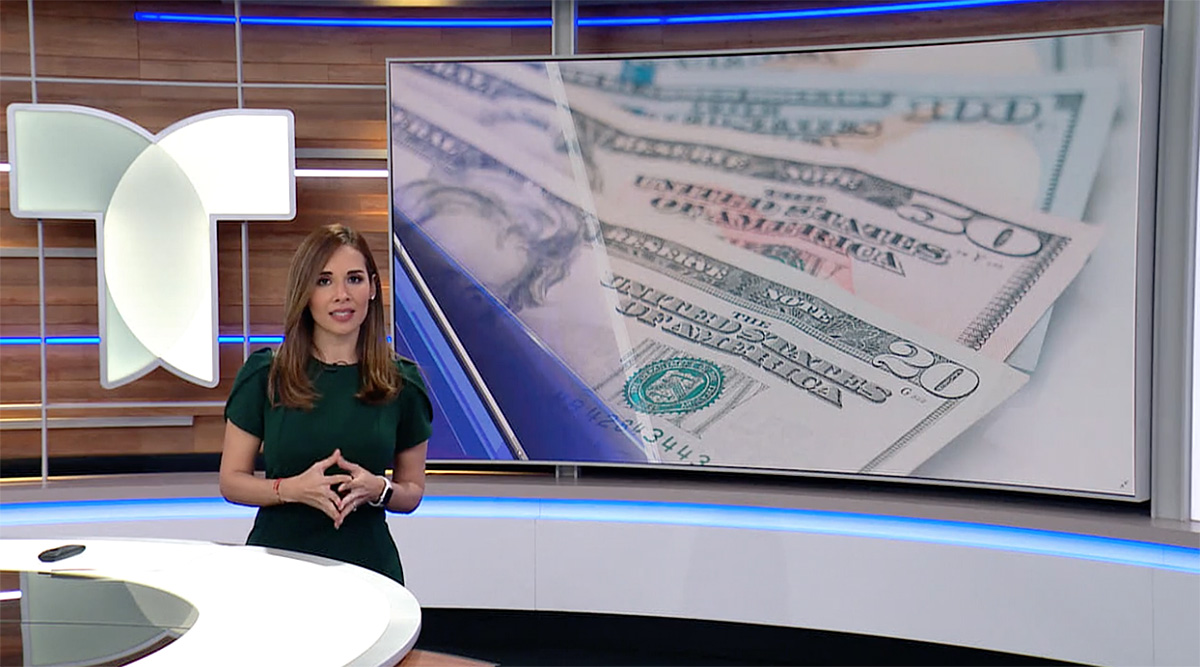

How did you account for the talent in your lighting design?
Due to the need for big turns to different camera angles, I had to light the talent mostly with soft light. So at the news desk, It was a wrap of soft light with the 4ʼ 2-Banks, and for their close ups, I added the Fresnel spot.
In the areas where the talent walks around the large LED video walls, I just wrapped them in the soft light of the 4ʼ 2-Banks and 2ʼ 2-Banks. Telemundo is a Hispanic network, so the range of skin tones is from very light to a darker skin tone.
The color output of the BB&S lights is always great, so we ended up with very accurate, pleasing skin tones in every area of the set.
How did you direct the physical install remotely? Did it slow things down?
The actual install was 3 days of hanging lights with a crew of 3 plus me, and my remote board op in Dallas. After we completed the majority of the lights, we left the crew there at Telemundo to rehearse and play with the set for several weeks. They contacted me after a few weeks with some new shot ideas and we did most of the tweaks remotely up to the launch date.
I am super happy with the final product. The support from BB&S was great. They make my job easier with their lights and support.
Bill Holshevnikoff is an Emmy award-winning lighting designer, director of photography and educator. For over 35 years, he has lit and shot projects ranging from broadcast, commercial, corporate, and documentary programming to feature film productions. His list of clients for which he has designed lighting installations include: NBC, FOX, ABC, Telemundo, Univision and numerous television networks around the world. As a recognized expert in the lighting industry, Holshevnikoff has created and taught his Power of Lighting Workshops to thousands of film, television & corporate video professionals around the globe, and his experience as a lighting educator includes over 100 featured articles in popular trade publications, in addition to the production of over a dozen acclaimed lighting education videos.
Subscribe to NCS for the latest news, project case studies and product announcements in broadcast technology, creative design and engineering delivered to your inbox.


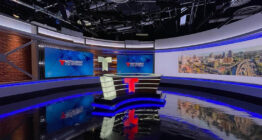



tags
BB&S Lighting, Bill Holshevnikoff, ETC, lighting design, sacramento
categories
Broadcast Lighting Design, Case Study, Heroes, Lighting and Lighting Design, Voices